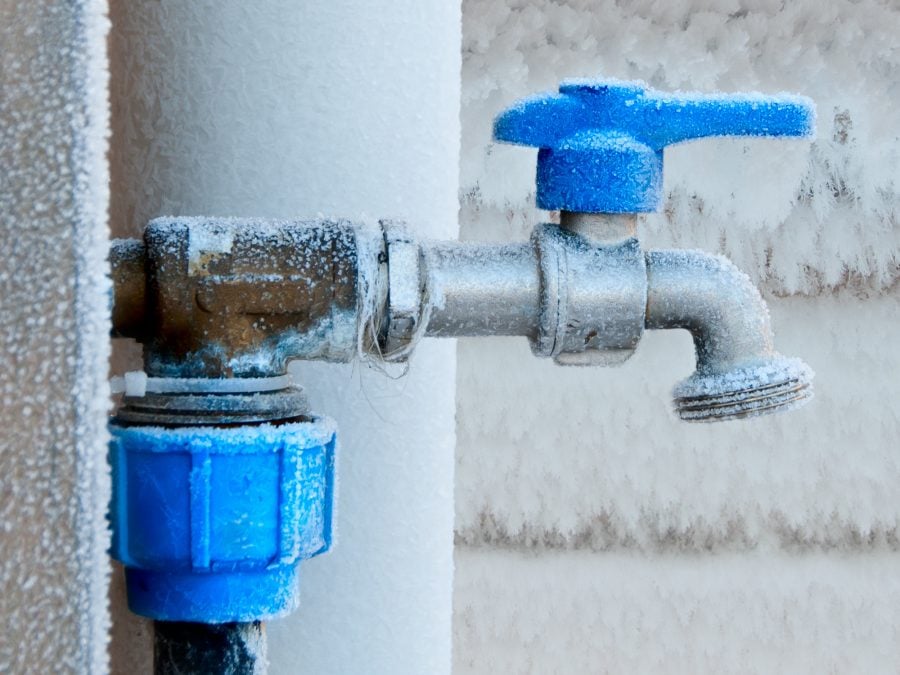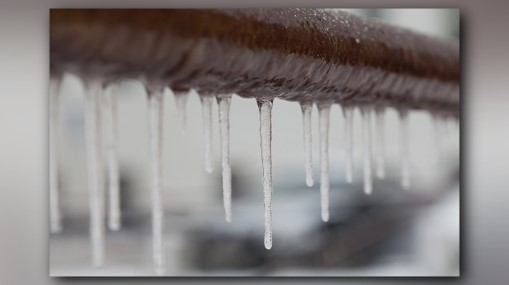Ways to Maintain Pipes from Freezing Damage: Important Guidance
Ways to Maintain Pipes from Freezing Damage: Important Guidance
Blog Article
Everybody is bound to have his or her own idea involving How to prepare your home plumbing for winter weather.

Winter can ruin your pipes, specifically by freezing pipes. Here's how to prevent it from happening and what to do if it does.
Intro
As temperature levels decrease, the danger of frozen pipelines rises, potentially resulting in costly fixings and water damages. Comprehending how to stop frozen pipelines is vital for property owners in cold environments.
Understanding Icy Pipes
What triggers pipelines to freeze?
Pipelines freeze when revealed to temperatures listed below 32 ° F (0 ° C) for extended periods. As water inside the pipelines ices up, it expands, taxing the pipeline walls and potentially creating them to break.
Threats and problems
Icy pipelines can cause water disturbances, property damages, and expensive repair services. Ruptured pipelines can flooding homes and cause considerable structural damages.
Indicators of Frozen Piping
Determining icy pipes early can avoid them from bursting.
How to identify frozen pipelines
Seek lowered water circulation from faucets, unusual smells or noises from pipes, and noticeable frost on subjected pipes.
Avoidance Tips
Protecting susceptible pipelines
Cover pipes in insulation sleeves or make use of warm tape to protect them from freezing temperature levels. Focus on pipelines in unheated or exterior locations of the home.
Heating strategies
Keep indoor rooms adequately heated up, specifically areas with pipes. Open up cabinet doors to enable cozy air to circulate around pipes under sinks.
Shielding Outdoor Plumbing
Yard tubes and outdoor faucets
Detach and drain pipes yard tubes before winter season. Set up frost-proof spigots or cover outside taps with insulated caps.
What to Do If Your Pipes Freeze
Immediate actions to take
If you think icy pipelines, keep faucets available to ease stress as the ice thaws. Make use of a hairdryer or towels soaked in hot water to thaw pipelines gradually.
Long-Term Solutions
Architectural changes
Consider rerouting pipes away from exterior walls or unheated areas. Add additional insulation to attics, cellars, and crawl spaces.
Updating insulation
Purchase premium insulation for pipes, attic rooms, and walls. Correct insulation assists maintain constant temperatures and lowers the danger of icy pipes.
Verdict
Avoiding icy pipes needs aggressive steps and fast responses. By comprehending the reasons, signs, and preventive measures, home owners can protect their plumbing throughout winter.
5 Ways to Prevent Frozen Pipes
Drain Outdoor Faucets and Disconnect Hoses
First, close the shut-off valve that controls the flow of water in the pipe to your outdoor faucet. Then, head outside to disconnect and drain your hose and open the outdoor faucet to allow the water to completely drain out of the line. Turn off the faucet when done. Finally, head back to the shut-off valve and drain the remaining water inside the pipe into a bucket or container. Additionally, if you have a home irrigation system, you should consider hiring an expert to clear the system of water each year.
Insulate Pipes
One of the best and most cost-effective methods for preventing frozen water pipes is to wrap your pipes with insulation. This is especially important for areas in your home that aren’t exposed to heat, such as an attic. We suggest using foam sleeves, which can typically be found at your local hardware store.
Keep Heat Running at 65
Your pipes are located inside your walls, and the temperature there is much colder than the rest of the house. To prevent your pipes from freezing, The Insurance Information Institute suggests that you keep your home heated to at least 65 degrees, even when traveling. You may want to invest in smart devices that can keep an eye on the temperature in your home while you’re away.
Leave Water Dripping
Moving water — even a small trickle — can prevent ice from forming inside your pipes. When freezing temps are imminent, start a drip of water from all faucets that serve exposed pipes. Leaving a few faucets running will also help relieve pressure inside the pipes and help prevent a rupture if the water inside freezes.
Open Cupboard Doors
Warm your kitchen and bathroom pipes by opening cupboards and vanities. You should also leave your interior doors ajar to help warm air circulate evenly throughout your home.

I ran across that blog posting about Preventing and dealing with frozen pipes while perusing the internet. Those who enjoyed reading our article please make sure you remember to share it. We cherish reading our article about Helpful Tips to Prevent Frozen Pipes this Winter.
Click Here Report this page